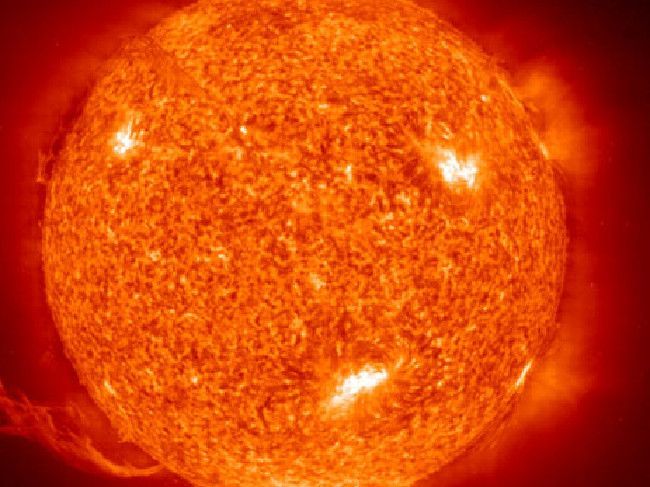The sun is losing its spots, and it’s certainly something that we shouldn’t take lightly. According to news.com.au, our fireball has gone blank for the second time this month, leading Meteorologist Paul Dorian to believe that the next solar minimum is approaching and there will be an increasing number of spotless days over the next few years. This matters because the amount of sun spots reportedly affects our climate.
So, let’s start with solar minimum. What is it exactly? Well, NASA explains it to be when the sun’s natural solar cycle shows the lowest amount of sunspots. You see, when at its best, the sun’s surface is covered in visible dark blemishes, or sunspots. The sun goes through a natural solar cycle approximately every 11 years, and each cycle is marked by the increase and decrease of sunspots – with the highest number of sunspots in any given solar cycle being the “solar maximum” and the lowest number being “solar minimum.”
The sun at its best.
